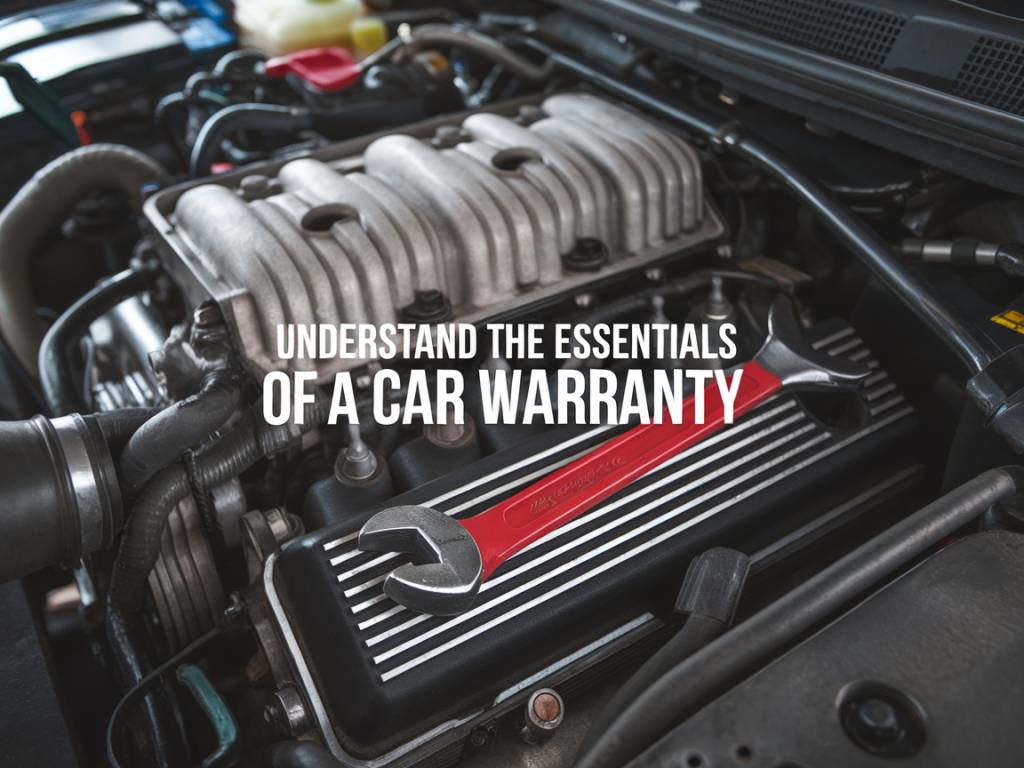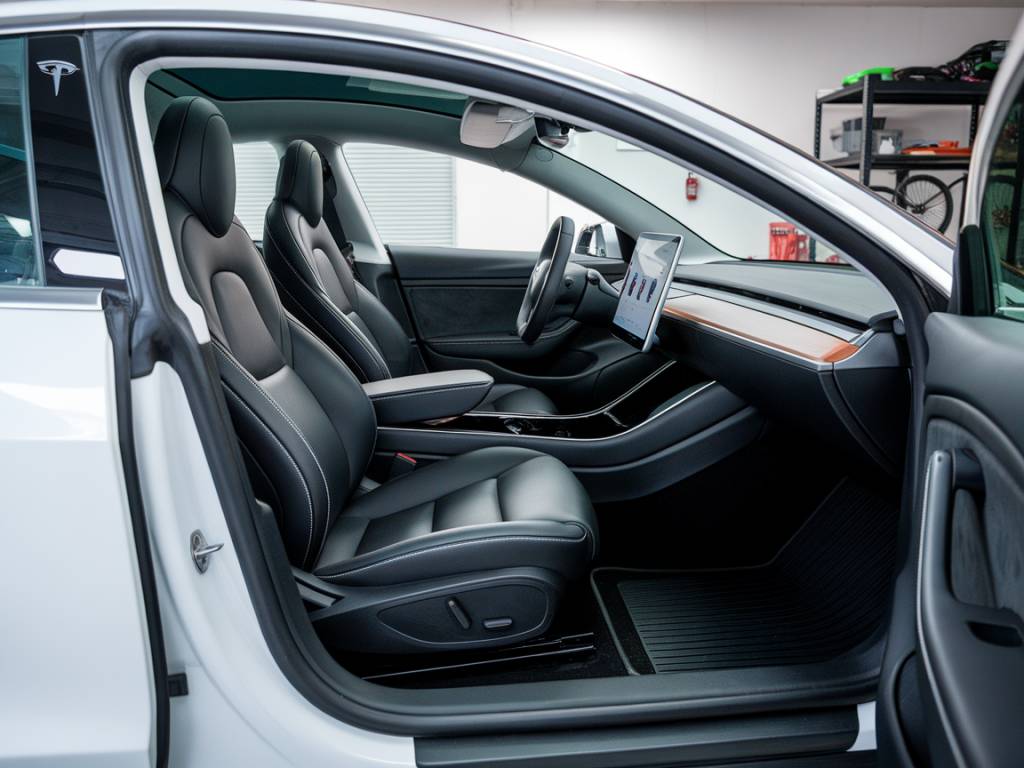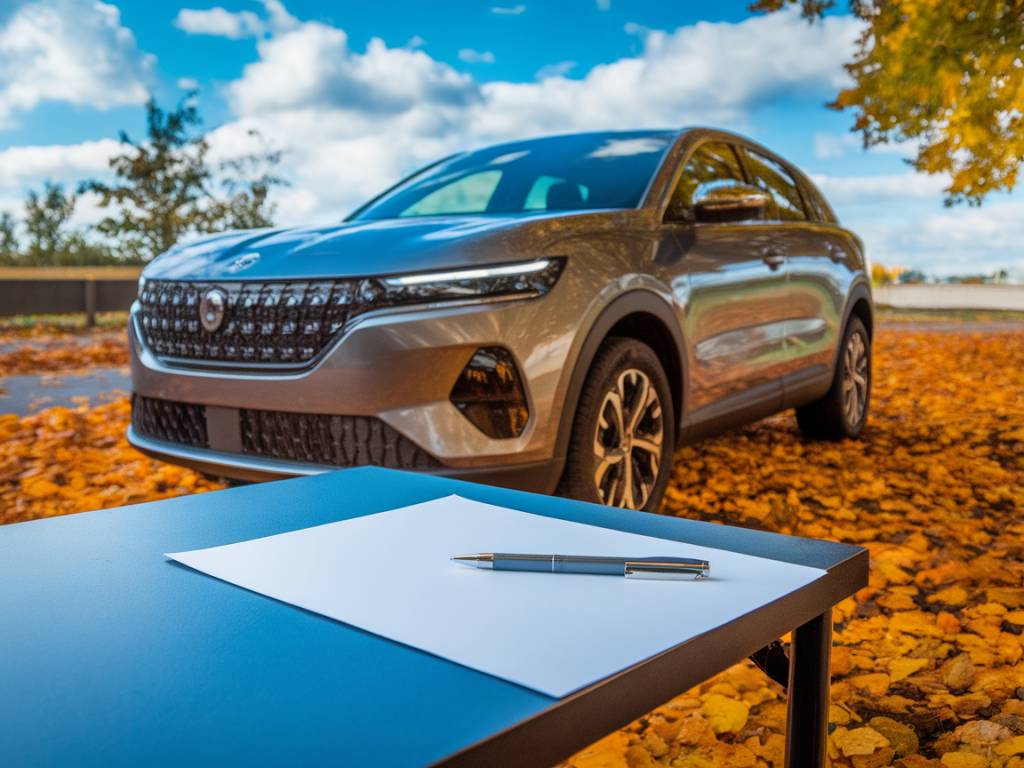Understanding Car Warranty: What Does It Really Cover?
When you’re in the market for a new or used car, the warranty that comes with it can often be a deciding factor in the purchase. But what exactly does a car warranty cover? In this detailed exploration, we’ll unravel the essentials of car warranties and provide clarity to ensure you’re well-informed before making that significant automotive investment.
The Basics of Car Warranties
Let’s start with the fundamentals. A car warranty is essentially a promise made by the manufacturer or dealer to cover specific repairs and services if defects occur within a certain period. Think of it as a safety net that protects you from unexpected repair costs during the early years of your car’s life.
But what does this « safety net » really entail? And more importantly, what doesn’t it cover?
Key Components Typically Covered
Car warranties are typically divided into several categories, and each covers different components of the vehicle. Understanding these categories can help you know what to expect:
- Powertrain Warranty: This typically covers the engine, transmission, and drivetrain. It’s the most critical part as these are the components that keep your car moving.
- Bumper-to-Bumper Warranty: Often regarded as the most comprehensive coverage, it includes most parts of the car between the front and rear bumpers, excluding regular wear parts like brake pads and tires.
- Corrosion Warranty: Protects against rust, a boon if you live in areas with harsh winters or near the coast.
- Emission Warranty: Covers repairs required to keep your vehicle in compliance with emission standards, which can save you from costly fixes related to environmental regulations.
Common Exclusions
It’s equally crucial to acknowledge what’s typically not covered by a standard car warranty. This helps manage expectations and avoid unnecessary disappointment:
- Wear and Tear Items: Components such as brake pads, wiper blades, and tires are excluded as they wear down over time and require regular replacement.
- Regular Maintenance: Services like oil changes and tire rotations are part of routine vehicle upkeep and fall outside warranty coverage.
- Damage from Accidents or Negligence: Any damages caused by accidents, misuse, or failure to perform regular maintenance are not covered.
Should You Consider an Extended Warranty?
One of the common questions that arises is whether or not an extended warranty is worth the extra cost. Think of an extended warranty as an insurance policy against significant repair expenses post the initial warranty period. This could be particularly beneficial if you intend to keep your car for a longer time or if it’s a model known for pricey repairs.
However, remember that an extended warranty might include additional exclusions and deductibles, so reading the fine print is more than just due diligence—it’s a necessity!
Anecdotes: Real-Life Warranty Wonders
Consider the case of Mark, a dedicated road trip enthusiast, who bought his car for its reputed reliability. On his first grand tour, the transmission failed a thousand miles from home. Thanks to his powertrain warranty, the repair was covered in full. The moral? Warranties can be lifesavers if used wisely!
On a lighter note, remember Jenna’s tale of woe when her nav system malfunctioned just as she reached the most complicated junction in Paris. No warranty to the rescue here, as in-car entertainment and navigation systems are often excluded. A lesson in knowing what you sign up for!
The Importance of Keeping Good Records
Finally, a practical tip—maintaining comprehensive records of your vehicle’s maintenance and repairs is invaluable. In the event you need to file a warranty claim, having detailed documentation can make the process smoother and more efficient, ensuring that you receive the full benefits you’re entitled to.
A warranty, in essence, should be viewed as part of your strategic protection plan in car ownership. It offers peace of mind and financial security, but only if you understand what it entails. Equipped with this knowledge, you’re now better prepared to navigate the automotive landscape with confidence—and maybe even a touch of panache.




